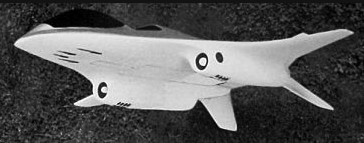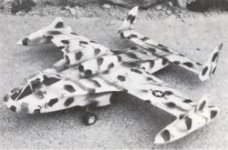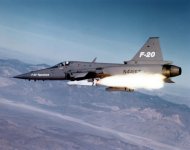- Reaction score
- 146
- Points
- 710
Be interesting to see what really comes of this--note possible jet trainer derivatives at end:
Mark
Ottawa
Air Force leaders confirm light attack aircraft demo to take off this summer
The Air Force’s light attack aircraft flight demonstration is officially on the books, with an experiment scheduled this summer at Holloman Air Force Base, N.M.
That event could be the first in a series of demos to determine the business case for a program of record, which has been termed OA-X.
“We’re going to formally invite industry to participate,” Air Force Chief of Staff Gen. David Goldfein said Friday. “Bring us what you have that fits the basic criteria of what we’re looking for. We call it ‘shovel ready.’ This is not something we’re looking to do a lot of research and development on. This is commercial, off-the-shelf that we can rapidly employ.”
A second phase of the experiment would send those aircraft to the Middle East, in very much the same manner as the Combat Dragon II exercise earlier this decade, when two OV-10 Broncos were deployed to Central Command, Goldfein said.
In a speech at the Air Force Association’s air warfare symposium, Acting Air Force Secretary Lisa Disbrow said the experiment will prove whether it makes sense to add money to the budget for a low-price aircraft that could be procured almost immediately to do low-end combat in the Middle East.
“We want to see if there’s a business case there,” she said. “This concept could free up higher-cost, higher-performance platforms from doing low-threat missions, which would allow us time to prepare for more complex threats with those assets. It could also help us absorb new pilots and be useful as we work with allies and partners.”..
At this point, it’s unclear whether the Air Force will limit its options to inexpensive turboprop airplanes or if a more advanced light fighter could be of interest. Much excitement has surrounded the Textron AirLand Scorpion since it was released on the market. The aircraft hasn’t secured its first order yet, but its low operating and acquisition costs — less than $20 million per unit and $3,000 per flight hour — could make it a good fit for OA-X.
Other low-cost options could include the Beechcraft AT-6 or Embraer’s A-29 Super Tucano. If the service considers higher-performing entries, some T-X entrants — particularly Lockheed Martin’s FA-50 or Leonardo’s M-346 — could be other alternatives.
http://www.defensenews.com/articles/air-force-leaders-confirm-light-attack-aircraft-demo-to-take-off-this-summer
Mark
Ottawa












